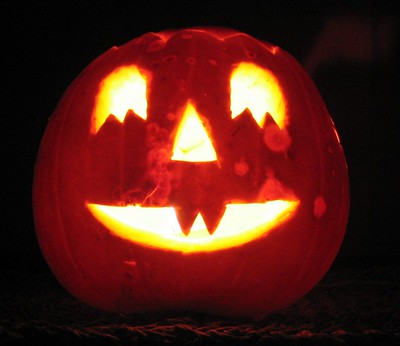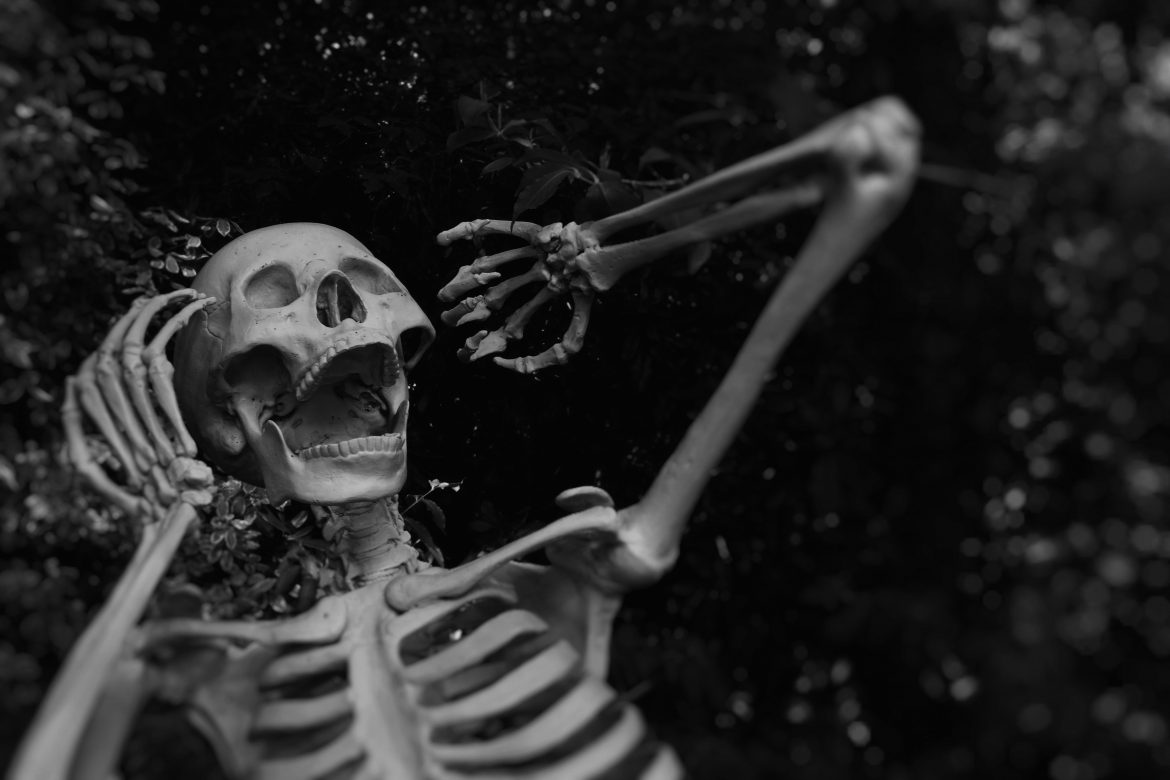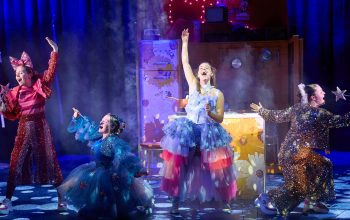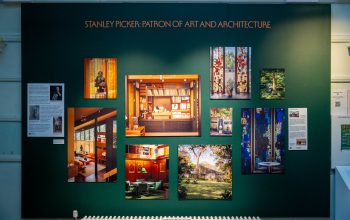
What started costumes, trick or treating and the night where everyone in the world celebrates October 31? Let’s have a look at the history of Halloween…
October 31 is always a date in our calendars that we are aware of from childhood when we spend the whole of October searching for the best Halloween costumes (usually witches or superheroes), to being parents who take our own children out with hopes of secretly eating most of their sweets, all the way to our older days when we sit and listen to fireworks outside as we cosy up in front of the fire.
But we often miss the why? Why do we all celebrate the last day in October? Let’s start from the beginning…
Celtic festival of Samhain
The origins of Halloween are believed to be traced back to the ancient Celtic festival of Samhain (November 1) which was celebrated by Celts who lived across Britain, Ireland and other areas in Europe.
Samhain marked the end of the Summer harvest and welcomed the dark cold Winter that was soon to follow.
The Celts also associated this festival with the boundary between the world of the living and the dead, with beliefs that on the night before Samhain (October 31), ghosts of the dead would revisit the mortal world and walk among us.
Bonfires would be lit to get rid of any evil spirits that may have been looming in the shadows around this time and to add atmosphere to the event, Celts would attend the bonfire ceremonies wearing animal heads and skins as costumes.
Fun Fact: By 43 A.D. The Romans had overtaken most Celtic territory and brought their own Halloween ideas with a number celebrations such as Feralia and Pomona who was the The Roman goddess of fruit and trees; where the idea of bobbing for apples originated.
All Hallows’ Eve
The origins of Halloween are known to be a mixture of Celtic and Christian ideas. With Christianity on the rise centuries later, there were attempts to replace holidays such as Samhain with religious celebrations.
This is when All Souls Day (November 2) appeared in 1000 A.D, alongside All Saints Day or All Hallows Day (November 1), making October 31 All Hallows Eve which over time was named ‘Halloween’.
The Celtic traditions and the new Christian religion, got harder to distinguish and people still continued with bonfires, parades and costumes on this date.
The day was still associated with the wandering dead and individuals began to set food out on the 31st for hungry spirits. Eventually poor people in society began to dress up as these wandering ghosts and begged for food in return to pray for the dead relatives of those who fed them… a slightly more sinister but familiar trick or treating?

Fun Fact: The practice of ‘jack o’lanterns,’ also known as pumpkin carving, is said to have originated from Irish folklore. A man named Jack had been cursed to spend his life roaming the earth with only one burning coal inside a carved out turnip to lead his way after trying to trick the devil. People then used turnips and other vegetables to make their own versions of the lanterns and would place them on their doorstep to scare Jack and other wandering spirits away if they ever dared to enter. This ritual made it all the way to the United States, where they discovered pumpkins are much easier to carve!
Changing Halloween
After centuries of rituals and Halloween celebrations, including women competitively competing in apple bobbing events to try to win a husband, by the 1800s more communities were getting involved in Halloween but in safer ways than previous times.
By the 1950s, Halloween became a true national event and Americans began celebrating, with over 179 million taking part in the festival each year! As Halloween celebrations were on the rise, so were Halloween movies, Halloween events, fright nights, ghost stories and much more.
Halloween now is more than just one night, it’s a time for us to enjoy putting up decorations at the start of the month, attending events that may scare us to the point where we can’t sleep at night, sharing our most spooky ghost stories and even carving out our pumpkins to scare Jack away…
That brings us to now. It’s Halloween again. The world is celebrating this one night together, each country in their own way but also with collective similarities. This year when your trick or treating, carving out your pumpkin, scaring people with your costume (probably something cliche), bobbing your head for an apple (hopefully not to win a husband)… maybe have a think back to the old traditions and origins of Halloween, as creepy as they may seem!





